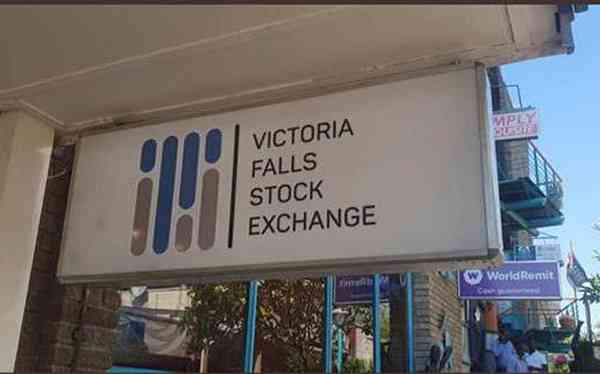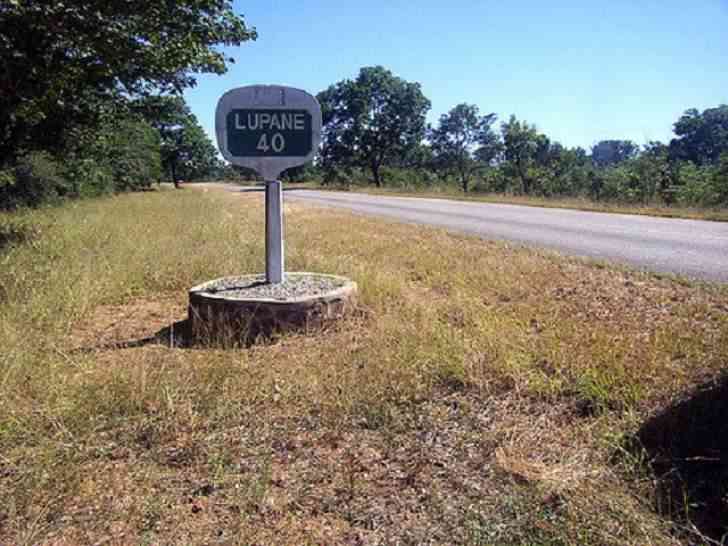
Following a robust performance in July, the Zimbabwe Stock Exchange (ZSE) and the Victoria Falls Stock Exchange (VFEX) experienced a notable slowdown in activity levels in August.
While the ZSE achieved a positive return in August against a negative outturn in VFEX, the dwindled performance on ZSE was alarming.
In July, the ZSE achieved a record turnover of ZWG272,98 million, the highest monthly outturn since the inception of ZWG as the functional currency. However, August saw a significant decline in turnover, dropping by 40% to ZWG164,63 million.
This decline reflects a cautious approach by investors amid increasing currency volatility and economic uncertainties.
Despite the decline in turnover, the total number of shares traded on the ZSE in August increased by 26%, from 93 602 700 in July to 118 159 000.
This rise in share volumes, coupled with an overall increase in share prices, suggests heightened activity in penny stocks and medium cap companies.
Conversely, there was a slowdown and sell off in market heavyweights, indicating a shift in investor focus towards more affordable and potentially higher-yielding stocks.
In US$ terms, the aggregate turnover for August was US$11,93 million, down 40% from US$19,86 million in July.
- Stop clinging to decaying state firms
- Zim bourse in limbo
- Piggy's Trading Investing Tips: De-risking mining projects
- Chance to buy 'undervalued' counters: FBC
Keep Reading
This decline aligns with the reduced nominal turnover and the impact of exchange rate movements.
The depreciation of the ZWG against the US dollar further exacerbated the decline in turnover when measured in foreign currency terms. Despite the challenges, the ZSE’s market capitalisation grew by 1,2% to ZWG57,06 billion in August, driven by the overall increase in share prices.
In US dollar terms, market capitalisation rose by 0,8% to US$4,13 billion, marking a seven-month high.
This growth indicates that the appreciation in share prices outpaced the depreciation of the ZWG on the interbank market.
However, the official exchange rate valuations do not fully capture the market dynamics.
On the parallel market, which is more reflective of open market forces, the ZSE’s market capitalisation stood at approximately US$2,3 billion at the end of August.
This discrepancy highlights the impact of exchange losses and currency volatility on the perceived value of listed companies.
Investor caution, driven by fears of exchange losses, led to a slowdown in overall activity on the ZSE.
Foreign investor morale reached a record low, with foreign inflows plummeting by 99,7% to ZWG0,04 million in August.
In US$ terms, this translates to approximately US$3,2k, representing a mere 0,03% of the aggregate turnover for the month.
Foreign outflows also decreased by 77% to ZWG18,90 million, reflecting reduced foreign participation amid the overall market slowdown.
Foreign outflows accounted for 11% of the aggregate turnover in August, down from 30% in July. The negative investor sentiment in August also affected the US dollar denominated VFEX.
The VFEX experienced a significant reduction in activity and trades, with the total number of shares traded plummeting to 7,49 million, the lowest in over 15 months and a 93% decline from the previous month.
Correspondingly, the overall turnover for August fell by 46%, from US$3,77 million in July to a one-year low of US$2,01 million.
As overall prices dampened, the VFEX’s market capitalisation decreased by 0,9% in August, reaching a three month low of US$1,25 billion. Despite an increase in listings on the bourse, market capitalisation has remained suppressed compared to the all-time high of US$1,38 billion achieved in May 2023.
This indicates that the VFEX, like the ZSE, is grappling with the effects of currency volatility and investor caution.
In July 2024, the ZSE’s All Share Index achieved a remarkable nominal growth of 54%, translating to a 53% increase in US dollar terms.
However, this bullish momentum slowed significantly in August, with the index recording a nominal return of just 1,2%, equivalent to 0,7% in US dollar terms.
On the other hand, the VFEX saw a decline of 1,1% in August, partially offsetting the positive 2,2% return achieved in July.
The ZSE’s performance in August was primarily impacted by policy uncertainties. Investors were wary of potential monetary policy tightening in response to bullish inflation figures in both ZWG and US dollar terms.
However, towards the end of the month, the central bank announced monetary policy adjustments, including maintaining borrowing rates and injecting liquidity following increased acceptability of ZWG and exchange stability on the interbank market.
These measures, on the other hand, expose the economy to exacerbated currency instability, as the exchange premium has already surpassed 75% within five months of the ZWG’s introduction.
Increased local currency liquidity will drive depreciation on the parallel market, while the interbank rate remains stable due to its fixation against global gold prices. As the ZWG loses value, investors are likely to seek refuge in ZSE stocks. owever, the expanding premium will also simultaneously erode portfolios in real terms, reducing foreign investor appetite. Equity Axis
- Equity Axis is a financial media firm offering business intelligence, economic and equity research. The article was first published in its latest weekly newsletter, The Axis.






